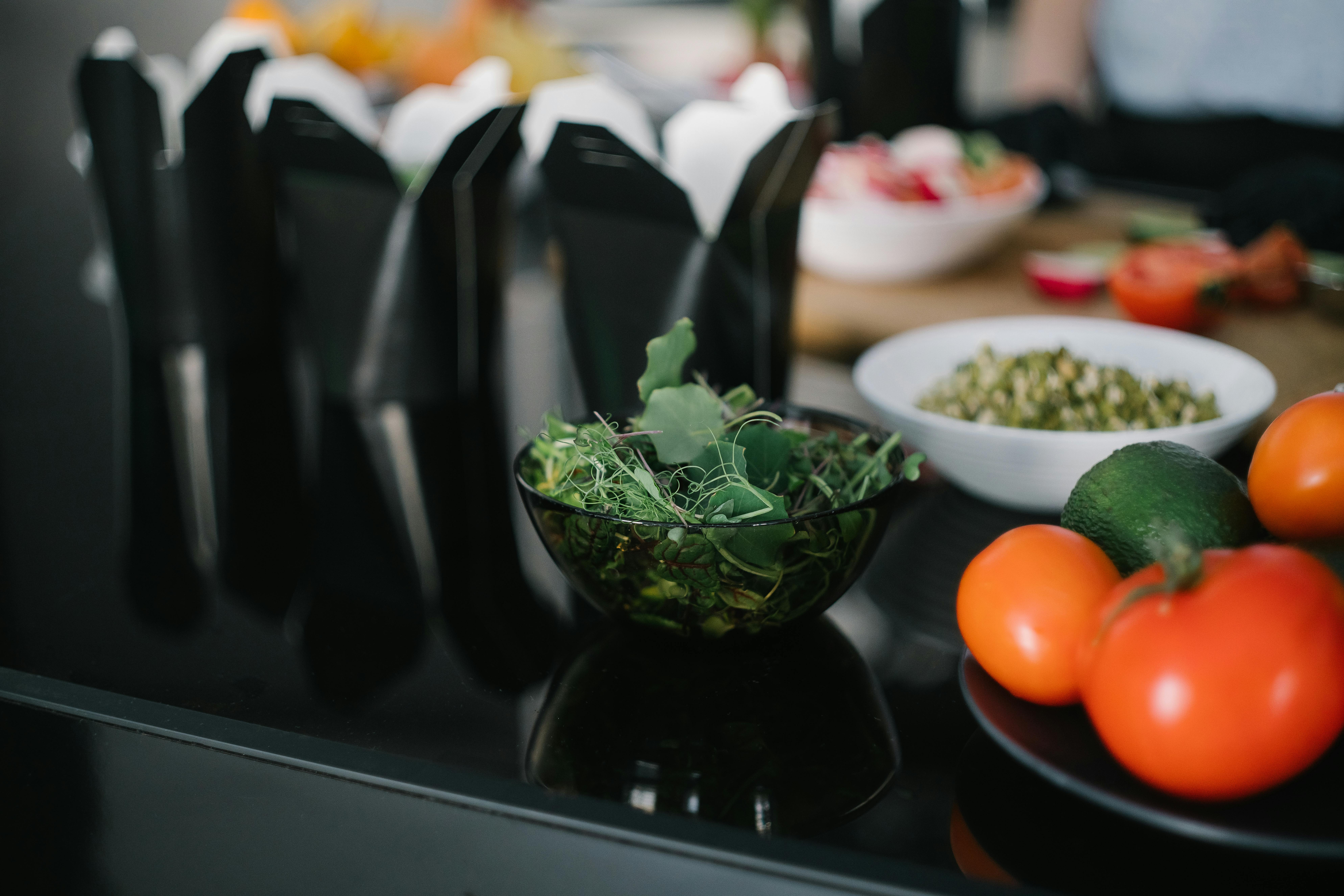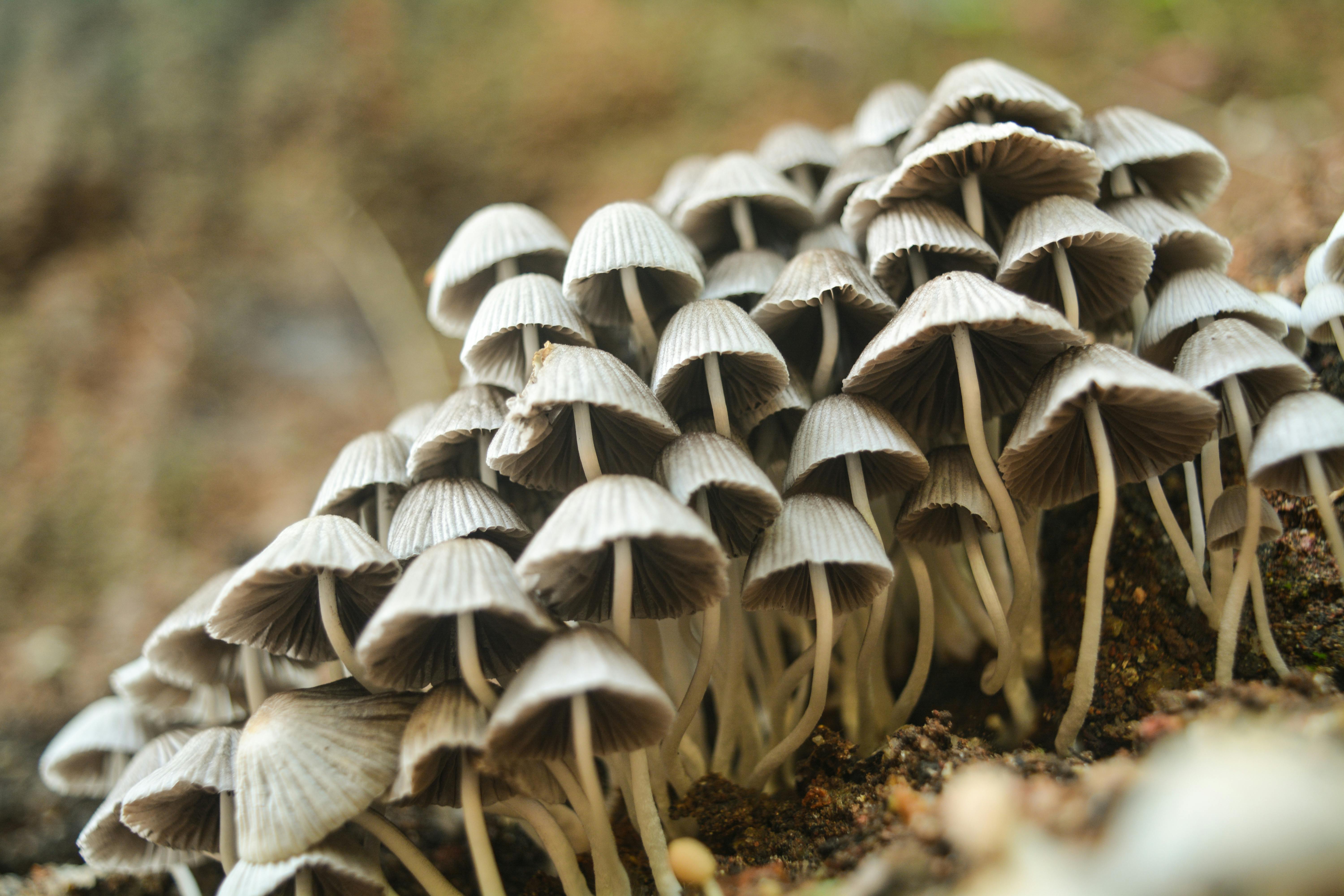Celery is a nutritious vegetable that is commonly used in salads, soups, and other dishes. But how long does it take to grow celery? Do you need to wait weeks or months before harvesting your own crop?
If you’re curious about the answer to this question, then this article is for you. Here, you’ll find out how many days it takes for celery to grow and reach maturity. You’ll also learn about the factors that can affect the growth time of celery plants, as well as tips on how to get the best results when growing your own celery.
Read on to find out more about growing celery and how long it takes for this vegetable to reach maturity!On average, it takes around 70 to 80 days for celery to reach maturity after planting.
Environmental Factors
Environmental factors such as temperature, light, and humidity play an important role in the growing time of celery. If temperatures are too high or too low, celery will not grow properly. In addition, the amount of light that celery plants receive can affect their growth rate. Too much light can cause plants to become stressed out and slow down their growth. On the other hand, too little light can prevent celery from growing at all. Lastly, humidity levels need to be maintained for optimal growth; too much humidity can lead to fungal problems which will stunt the plant’s growth.
Soil Conditions
The type of soil that is used for growing celery is also a factor in how long it takes for the plant to mature. Celery prefers well-draining soil with plenty of organic matter and nutrients for optimal growth. If the soil is too compacted or not amended properly, it can reduce the rate of growth. Additionally, soil pH levels should be tested regularly to ensure they are in an ideal range for celery plants.
Fertilizer Use
Using a fertilizer specifically formulated for celery can make a big difference in how quickly it grows. Fertilizers provide essential nutrients that help promote healthy and rapid growth of plants. It is important to follow directions on fertilizer packages carefully as over-fertilization can damage plants and reduce their rate of growth.
Watering Practices
Celery needs consistent watering in order to grow properly and reach maturity quickly. Too little water will cause plants to become stressed out and slow down their growth rate while too much water can lead to root rot which will kill them off prematurely. It is important to find a balance between these two extremes when watering celery plants so that they receive enough water without being over-watered.
Optimal Temperature for Growing Celery
Growing celery requires specific temperatures to ensure a successful harvest. The optimal temperature range for growing celery is between 10 and 20 degrees Celsius. Temperatures outside of this range can be detrimental to the plant, leading to poor or stunted growth. The ideal temperature for germination is around 15-20 degrees Celsius and the ideal temperature for growth is around 10-15 degrees Celsius. In general, high temperatures will cause the leaves to yellow and wilt while low temperatures can cause the leaves to become limp and discolored. Additionally, extended exposure to temperatures outside of this range can result in plant damage or death.
When growing celery, it is important to provide consistent temperatures that stay within the optimal range. If there is a dramatic change in temperature, such as during a cold snap or heat wave, it is best to take precautions such as providing extra insulation or shade to protect the plants from extreme temperatures. Additionally, it is important to ensure that the celery has adequate water and nutrients throughout its growth cycle as this can help maintain consistent temperatures and ensure healthy growth. With proper care and attention, it is possible to successfully grow celery in a wide variety of climates and conditions.
Soil Requirements for Growing Celery
Celery is a popular vegetable used in many recipes and dishes. Growing celery requires the right soil conditions for optimal growth and harvest. The soil should be rich, loose, and well-draining. It should also have a slightly acidic pH level between 6.0 and 6.5. Adding organic matter like compost or manure to the soil can help to improve its fertility and water-holding capacity. Celery prefers moist but not waterlogged soil, so it is important to provide adequate drainage for the area where it is being grown. Mulching around the plants can also help keep the soil moist and discourage weeds from growing. Celery also benefits from regular fertilization with a balanced fertilizer such as 10-10-10 throughout its growth cycle. With these tips, you can ensure your celery plants get off to a healthy start!
Amount of Sunlight Needed for Growing Celery
Growing celery requires an abundance of sunlight. Celery is a biennial plant, meaning it needs at least six to eight hours of direct sunlight each day in order to grow properly. Without adequate sunlight, the celery will not develop properly and may not reach maturity. Sunlight is also important for photosynthesis, which is necessary for the growth and development of the celery plants. Without adequate sunlight, the plants will not be able to produce enough food for themselves and will not be able to sustain their growth.
In addition to direct sunlight, celery also needs indirect light, such as from a nearby window or from a greenhouse. This indirect light helps the plant absorb nutrients from the soil and helps it develop strong roots. The amount of sunlight needed by celery plants varies depending on the variety of celery being grown and the climate in which it is being grown. In general, however, it is best to ensure that your celery plants receive at least 6-8 hours of direct sunlight each day.
When growing celery in colder climates with less direct sunlight available, you can use artificial lights or grow lights to supplement natural light sources. These types of lights provide intense light that mimics natural daylight so that your plants can still get enough energy to fuel their growth even when there isn’t enough natural sunlight available. Additionally, make sure that your plants are receiving adequate amounts of water as well as fertilizer in order to keep them healthy and happy throughout their growth cycle!

When Should You Plant Celery?
Celery is a cool-weather crop that does best when planted in spring or early summer. Planting celery in spring allows the long growing season needed for the roots to develop, while planting in early summer provides a second crop in autumn. Celery prefers moist, well-drained soil with plenty of organic matter. It is best to prepare the soil prior to planting with compost or aged manure and a light application of fertilizer.
Celery should be sown directly into the garden in early spring, as soon as the ground can be worked. If conditions are too wet or cold for direct sowing, start celery indoors and transplant once conditions improve outdoors. When sowing directly into the garden, sow shallowly 1/4 to 1/2 inch deep and cover lightly with soil. Provide plenty of space between plants for good air circulation and adequate root growth.
When transplanting seedlings into the garden, dig holes deep enough to bury most of the stem up to the first set of leaves. This will encourage more root growth and help stabilize the plant upright. Water well after transplanting to settle soil around roots and provide even moisture levels throughout the season.
Celery requires consistent moisture throughout its growth period; too much or too little water can cause it to bolt (go to seed prematurely). Mulching around plants helps retain moisture levels during dry spells; keep mulch several inches away from stems so crowns do not rot. Harvest celery when stalks are full size; use a sharp knife or spade and cut off entire plant at ground level for best results.
When Should You Harvest Celery?
Harvesting celery is typically done when the stalks are about 12-18 inches tall. Depending on the variety, the stalks may have a slightly blushed color or remain mostly green. To ensure optimal flavor, it is important to harvest before the temperatures become too hot and before the stalks become too thick. The best time to harvest celery is in late spring or early summer when temperatures are mild and rainfall is plentiful.
It is best to harvest celery during the morning hours when the temperatures are cooler and there is less risk of wilting. When harvesting, be sure to use a sharp knife or scissors to cut the stalks just above ground level. Avoid pulling up on the stalk as this can cause damage to the roots and lead to an off-tasting celery crop.
Once harvested, you can store your harvested celery in a cool place for up to two weeks. It can also be frozen for longer storage periods; however, this will affect its texture slightly and make it more difficult to use in recipes that require fresh celery. Depending on your climate and growing conditions, you may be able to enjoy fresh celery throughout much of the summer season by replanting after each harvest.
Celery Plant Soil
Growing celery requires a soil that is consistently moist but well-draining. A combination of peat moss, compost, and sand can provide the best combination of drainage and moisture retention. Add some slow-release fertilizer to the soil before planting, as celery requires plenty of nutrients to reach its full potential.
Light and Temperature for Celery Plants
Celery does best in full sun and prefers cool temperatures. If possible, plant in an area of your garden where temperatures rarely exceed 70 degrees Fahrenheit (21 degrees Celsius). If you live in a particularly hot climate, consider providing some afternoon shade during the hottest months.
Watering Celery Plants
Celery plants need consistent, regular moisture to produce tender stalks. Water deeply at least once a week during dry periods. Soak the soil until it is completely saturated; this will encourage deep root growth and help your celery plants reach their full potential. Additionally, mulching around your celery plants can help retain moisture in the soil and suppress weeds.
Harvesting Celery Plants
The stalks of celery are ready for harvest after about three months of growth; however, some types may take up to four months before they are ready. When harvesting your celery plants, use a sharp knife or scissors to cut individual stalks from the base of the plant and leave some of the smaller side shoots intact so that the plant can continue growing.

Conclusion
It typically takes between two and three months for celery to grow from seed to harvest. The exact amount of time depends greatly on the variety of celery, the climate, and growing conditions. With good soil, sufficient water and sun exposure, celery can be harvested in as little as 50-60 days. Celery that is grown hydroponically can be harvested in even less time, sometimes in as little as 28 days. No matter the variety or growing method, it is important to monitor celery plants carefully to ensure they are getting the right amount of water and sunlight needed for optimal growth and health.
Growing healthy, delicious celery can be a rewarding experience. Knowing how long it takes for your particular variety of celery to mature will help you plan accordingly so you can enjoy your homegrown veggies in no time!
